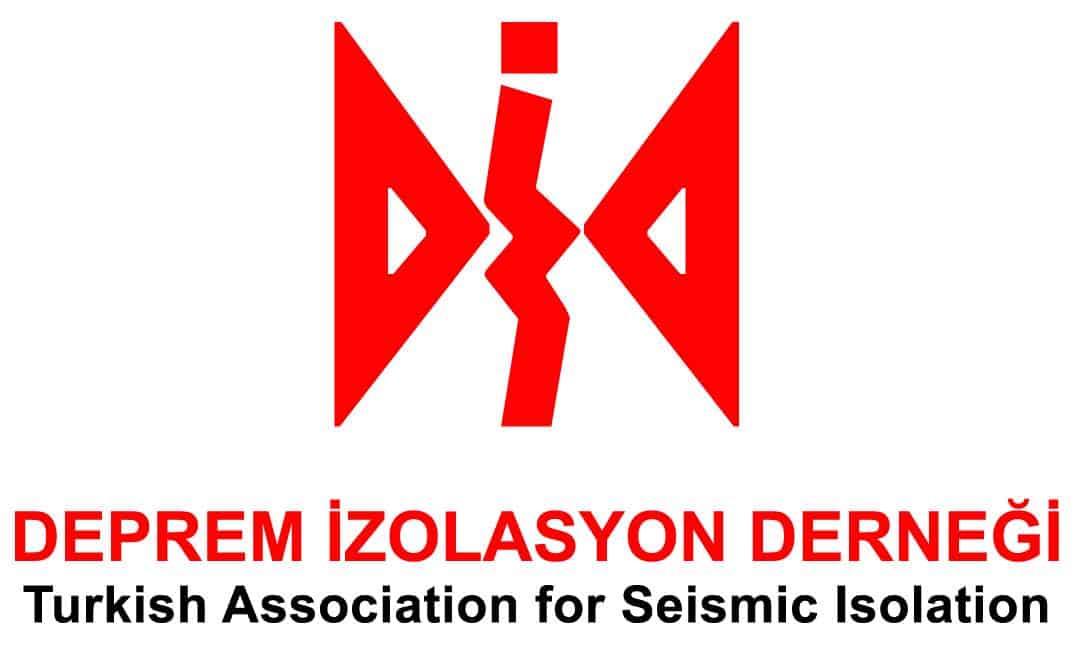123. Sound Transit Light Rail
The Federal Way Link Extension Project provides an 8-mile extension of the light- rail system from Angle Lake to Federal Way, Wash. Learn how Lock-up Devices from Taylor Devices were used in this project.
The Federal Way Link Extension Project provides an 8-mile extension of the light- rail system from Angle Lake to Federal Way, Wash. Learn how Lock-up Devices from Taylor Devices were used in this project.
The Artise utilized a one-of-a-kind structural system aimed to solve several design challenges at once and, consequently, resulted in at least 25% material savings compared to what’s traditionally required for an office building of comparable size and materials. By using buckling restrained braces and fluid viscous dampers that skip floors, and a moment frame sub system in between brace points, the lateral resisting footprint was spread out and the pieces minimized. This reduced demands on the superstructure and the foundations. Further, by eliminating all lateral framing below grade, the design saved even more on cost.
A new building design procedure using dampers has been developed, validated, and published with certification from the International Code Council. This new design procedure opens the door for more damper applications in new steel structures by eliminating the requirements for nonlinear response spectrum analysis and peer review in damped buildings.
Improving the performance of existing buildings is a critical function for engineers and one of the most impactful ways we can improve the sustainability of building structures. By re-using and upgrading existing building stock, we help to extend the usable life of structures that otherwise would pose safety risks to our communities.
This paper presents a case study of the voluntary seismic retrofit of 651 Gateway Boulevard in South San Francisco, California.
This paper presents a prescriptive method for the design of new steel moment frame structures with supplemental damping using fluid viscous dampers (FVDs). The prescriptive method uses Modal Response Spectrum Analysis (MRSA) instead of Nonlinear Response History Analysis (NLRHA) as the basis for evaluation. Additionally, the procedure decouples the design of the moment frame from the damper frame, reducing design iterations. This makes the use of FVDs in new buildings easier to evaluate at schematic level design and significantly reduces the effort for full design. The procedure produces a 25% viscous damping ratio at the Design Earthquake (10% probability of exceedance in 50 years) and requires the use of nonlinear dampers with a damping exponent, alpha of 0.4.
This paper will explore best practices collected through involvement with hundreds of damper projects worldwide. Lessons learned through the entire damper design process, from schematic level decisions through construction implementation, will be explored for both steel and concrete buildings. The purpose of this paper is to broaden readers’ understanding of FVD applications in the North American and New Zealand markets with the aim of reducing barriers and to demonstrate the ease of design and implementation of damped solutions.
Taylor Devices’ dampers are featured on the cover photo of the November issue of STRUCTURE magazine, along with an article about the Taylor Damped Moment Frame™. Written by Nathan Canney, Ph.D., P.E., Konrad Eriksen, and Alan Klembczyk, the article covers everything from an introduction to dampers to how the TDMF™ compares to other LFRS in building performance, loss and recovery time at the DE level.
This paper outlines a practical design procedure for steel moment frames with fluid viscous dampers. The design procedure is being developed in accordance with International Code Council Evaluation Service (ICC-ES) AC 494, “Acceptance Criteria for Qualification of Building Seismic Performance of Alternative Seismic Force-Resisting Systems.” The new design procedure decouples the design of the moment frames and the damping system to minimize model complexity and design iteration. Notably, the design of the moment frames follows typical moment frame design procedures found in AISC 341 and ASCE/SEI-7 chapter 12, but with reduced strength and drift requirements to account for reduction in the seismic response provided by the damping system.
Through state-of-the-art FEMA P-695 incremental dynamic analysis on a suite of nearly 100 archetype designs, the design procedure is shown to produce steel moment frame designs that meet the seismic collapse safety requirements of FEMA P-695 and ASCE/SEI-7, while also significantly reducing steel tonnage when comparing to traditional steel moment frames.

Our very own, Aaron Malatesta, P.E. sat down with Mehmet Emre Ozcanli, President of the Turkish Association for Seismic Isolation, to discuss the use of Viscous Dampers, specifically in non-ductile concrete moment frame buildings.
The new San Diego Central Courthouse is a bold and iconic civic landmark that replaces the seismically vulnerable existing courthouse facility.